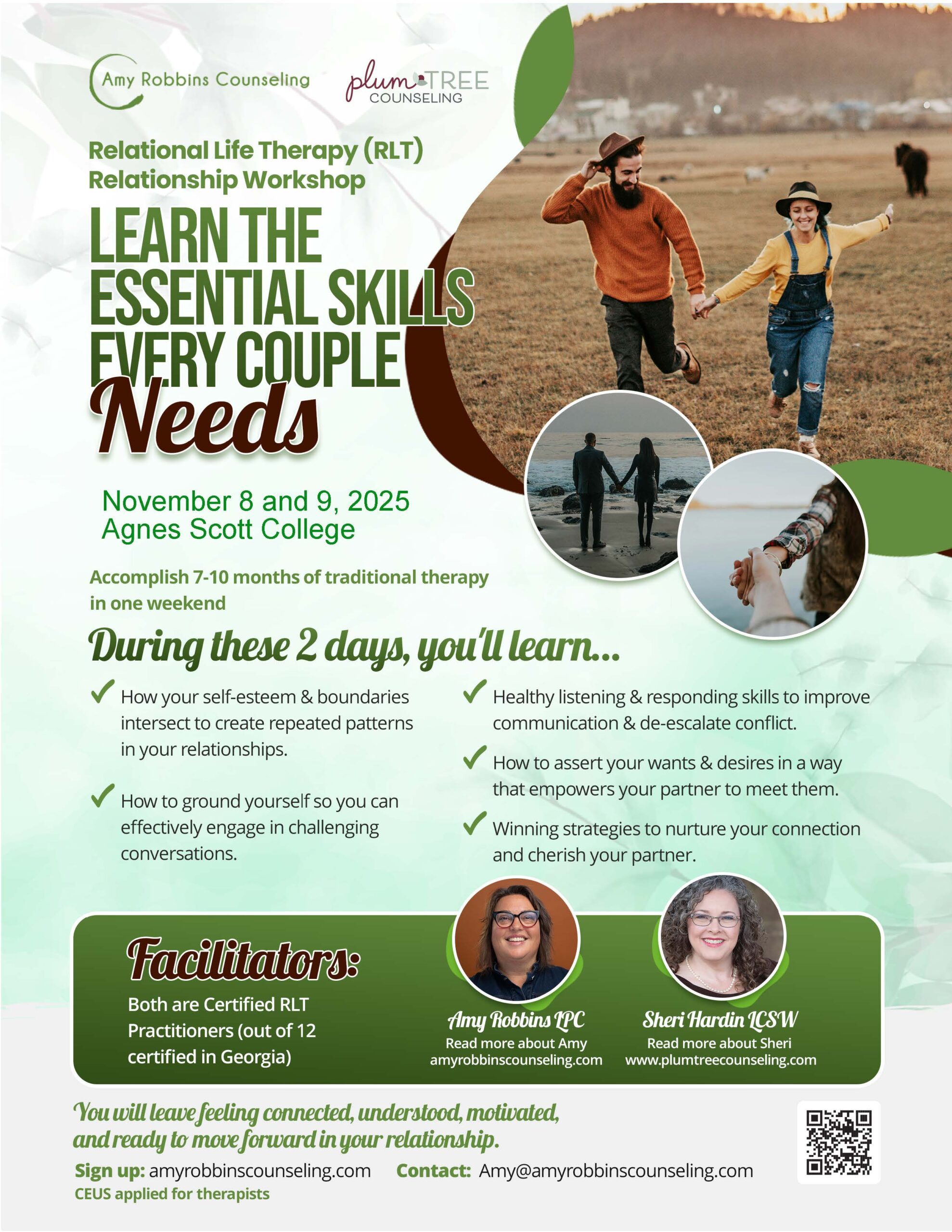With the slower days of summer, also comes my tradition of finding the weirdest puzzle I can and setting it up in the living room to give a little distraction from screen time. It’s disgustingly hot in Georgia right now, so I am not surprised that my kids don’t want to stay outside for very long. This year’s puzzle includes an aurora borealis in a night sky shining over woodland creatures on an icy lake and interestingly enough, a unicorn. It occurs to me now that I should probably let my 8 year old know that there aren’t actually unicorns the further north you go on the globe.
As we’ve been puzzling, I noticed a pattern in myself that I coach so many of my students through when they get tempted to shut it all down on the brink of productive struggle. The similarities between what I go through when I’m doing a puzzle and how I get through it are so similar to what I teach to students that also helps them through sticking with learning tasks that are hard, but will result in deeper learning, mastery, and satisfaction if they persist.
First, let’s get a clearer picture of what I mean by productive struggle. In academic terms, productive struggle is the “sweet spot” of learning (ASCD) where learning feels challenging and a bit effortful, but not to the point of overwhelm. There is a lot of advice for teachers out there about how to create an environment that walks that thin line. A line that also is a bit different for everyone in the room. I speak from experience when I say that as a teacher, creating the experiences, environment and tasks for effective productive struggle in the classroom is its own form of productive struggle! Now that I no longer teach in a classroom, I try to help my former colleagues out who are still there by teaching students strategies and cognitive routines they can activate on their own to keep that frustration and overwhelm out of the equation so the experience they have is more productive and less struggle.
And that puzzle I told you about earlier? It has all the elements of that process.
First, I teach students that a good clue that they are on the verge of some productive struggle is negative self talk. We all have automatic negative thoughts, (ANT’s for short), and rather than listening to them as truth which makes us feel lousy and really gets us to abandon the challenge, we can see them as little flags that some strategies are needed for emotional regulation so we can feel better and keep going. Here’s what my ANT’s sounded like while I was trying to assemble the endless amount of separate night sky pieces and not making much progress right away:
- There must be a better way to do this that I’m missing.
- I think I’m doing this wrong.
- It shouldn’t be this hard.
- I bet other people have better visual spatial skills and would be much faster than I am at this. This one might actually be true, but it’s still not a good reason to give up!
- I’m never going to get this right.
Luckily, I’m well trained in my ANT’s. They are pretty easy to spot because they tend to always have a similar signature flair – I’m not good enough and probably all wrong in some way. Once I teach students to notice their own flavor of negative self talk, they can get pretty good too at seeing them coming. And once they have this awareness, they can treat them more like a signal to get strategic than a reason to give up, procrastinate, or suffer in self doubt.
Luckily, the strategies the negative self talk signals them to use are pretty simple and can be applied to almost any form of productive struggle from puzzling to Algebra 2.
- Take breaks. I love the pomodoro method, but even without a timer nearby, if the ANT’s are getting louder and crowding your brain, you know it’s time to break. Even just getting your eyes on something else, preferably a window that looks outside since looking at nature is a great way to get a little dose of serotonin to feel better. Even better, walk, stretch, maybe even throw in a power pose or two to increase energy and confidence.
- Give advice to yourself like you would a friend. Studies show that giving advice benefits the advice giver and in my experience, teenagers are great at strategizing for other people. If asked, they have really creative and effective ideas for peers who are in need about how to prepare for certain classes, get motivation up, and problem solve. Whenever I ask them to pretend they are giving advice to a friend with a similar issue, they usually discover they have some great ideas already all on their own. They just needed a little distance and perspective shift.
- Remember a time when you made it through something similar. Our brain’s negativity bias keeps those memories of times when something worked out for the positive more out of reach because it would really rather us just stay nice and comfy and avoid struggle of any kind. It can’t tell the difference between a productive struggle and a true struggle for survival. To our brain any struggle equals risk which it would rather us stay clear of. So, we have to be a little more proactive in remembering a time when we struggled with something similar and it worked out well for us. And, in the future, we can also practice Rick Hanson’s quick and easy HEAL process from his book Hardwiring Happiness so those positive experiences are even easier to remember.
- Get a clear picture of the end goal and hold that in mind. Just like how you keep looking at the picture on the box of the puzzle to see how it all works together, it can be really helpful to know where this step in the productive struggle is leading. If you are lucky enough to have a teacher who provides a model of the end product, keep it handy and look at it often. If not, ask for one! They’ll probably like your initiative. If you do happen to have accommodations at school for a learning difference, getting a visual model of a completed project example could be a good thing to bring up as part of your plan. The teenage brain especially has a harder time connecting the future with the present moment, so you might need to be a little more proactive and make that connection more obvious for now to see how the step you are on contributes to the bigger picture.
- Microsteps! I don’t know how many times I say to my students (and myself as I build a business) the small steps are the big steps. Repeat that mantra as many times as you need to in order to reprogram your belief system. Here in the U.S. there is so much cultural programming to “go big or go home,” and to take “massive action,” but a happier and more sustainable way to make it through any big challenge is to tell yourself you only have to do this one small step right now. Rather than “taking a leap” into greatness, most people who reached that level built a bridge. I recommend going ahead and really appreciating the completion of one small step like the big deal that it is. You should see the exuberant victory laps that come from joining just two small parts of the puzzle together or when two sides come together even when the whole middle still remains to be done. Celebrate the small steps.
- Play music. Many studies now show that music can release neurotransmitters in your brain associated with pleasure and reward like dopamine which is really helpful for persisting in productive struggle. You can easily google a good study playlist on youtube. The beats per minute in Baroque music in particular has been proven to be especially helpful for concentration. Here’s a good roundup of music that’s best for studying and concentration.
- Don’t go it alone. Now, I’m an introvert and could probably sit alone doing a puzzle for more time than is good for me. Now that my kids are old enough to help, I am surprised by how much easier it is to have other people to help tackle a different part, to celebrate with, and to vent frustrations alongside. It makes me feel more confident to help them with their parts and generally makes me feel a lot happier to be around them. Emotions are contagious. Sharing space with people who are focused and generally positive will work its co-regulation magic and soon have you feeling more on the productive side of that struggle. Arrange a time to work with some positive friends. Or, if your friends aren’t really the studying, focused type, working in a coffee shop, library, or classroom of a teacher you like can also help.
I wish the stakes for students when working through school challenges feel as low as they do for me doing a puzzle in the summer. Lower stakes (not no stakes, just lower stakes) also helps promote the engagement and the space to make mistakes and fail – essential for deep learning. However, I know the stakes to get “good grades” now for teenagers and their parents feel higher than ever. It’s for that reason and the ever increasing levels of academic anxiety and burn out I saw in my students that I created the book and online course Happy Grades: How to improve focus, learning, and productivity without sacrificing joy, peace of mind, and free time. I give clear, bite size strategies and routines that I have honed over my 20 year career of helping students who struggle in high school find a happier, more effective path towards success.
To learn more, click here.
Tricia Underwood is a former high school teacher and learning specialist turned academic well-being coach and writer. She founded Rare Bird Learning out of a desire to help students cultivate their capacity for more joy, purpose, motivation, and happiness as the pathway to greater success in school and beyond. If that sounds like something you’d like to have more of for the teenagers in your life, you can join her weekly newsletter here and check out her website for all the other good stuff she creates including a new book titled Happy Grades scheduled to be out by August 2022. She raises her own children including one teenager in Atlanta, GA where she does her best to practice what she teaches.


